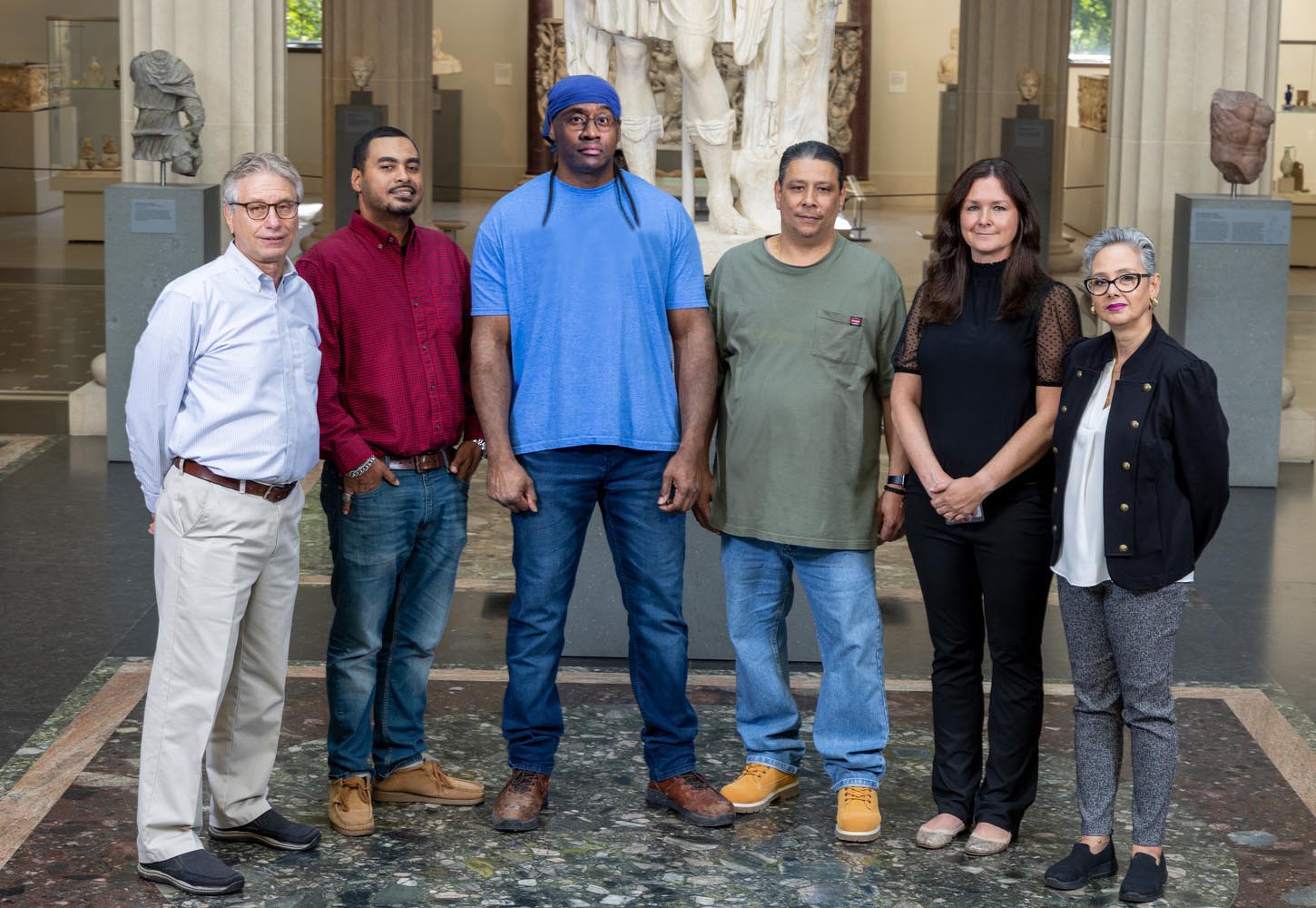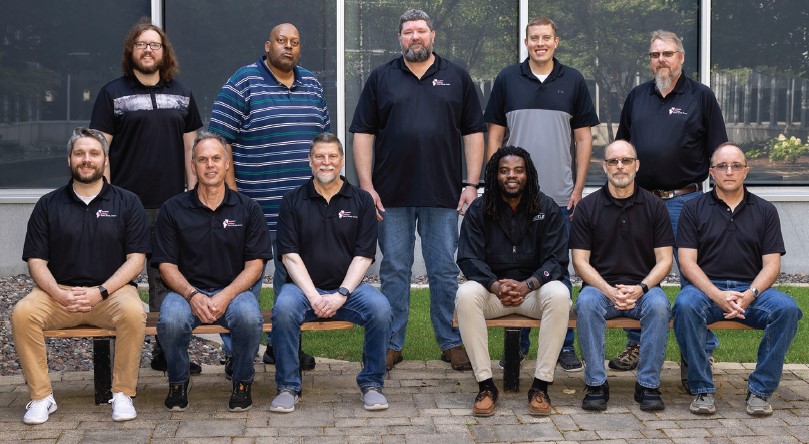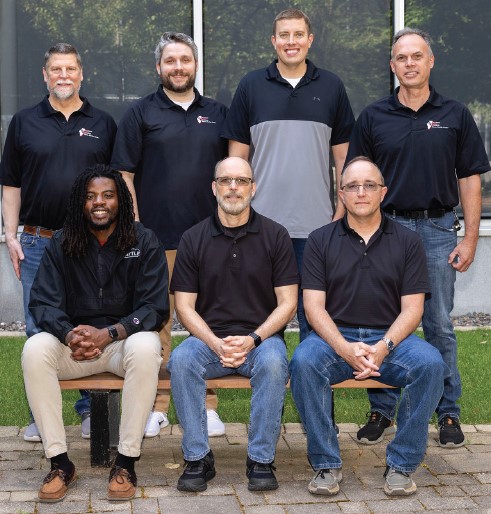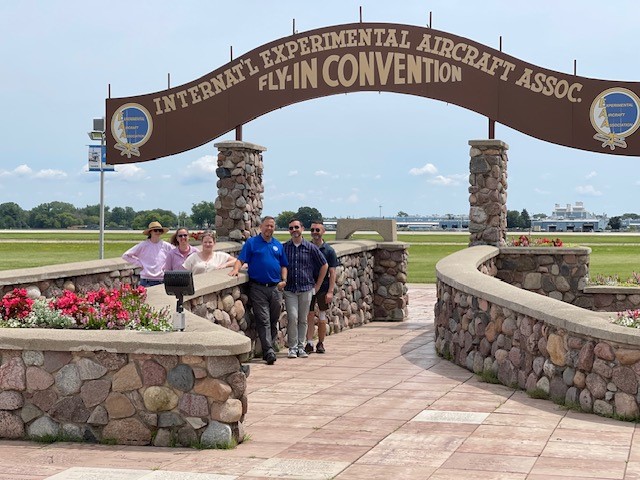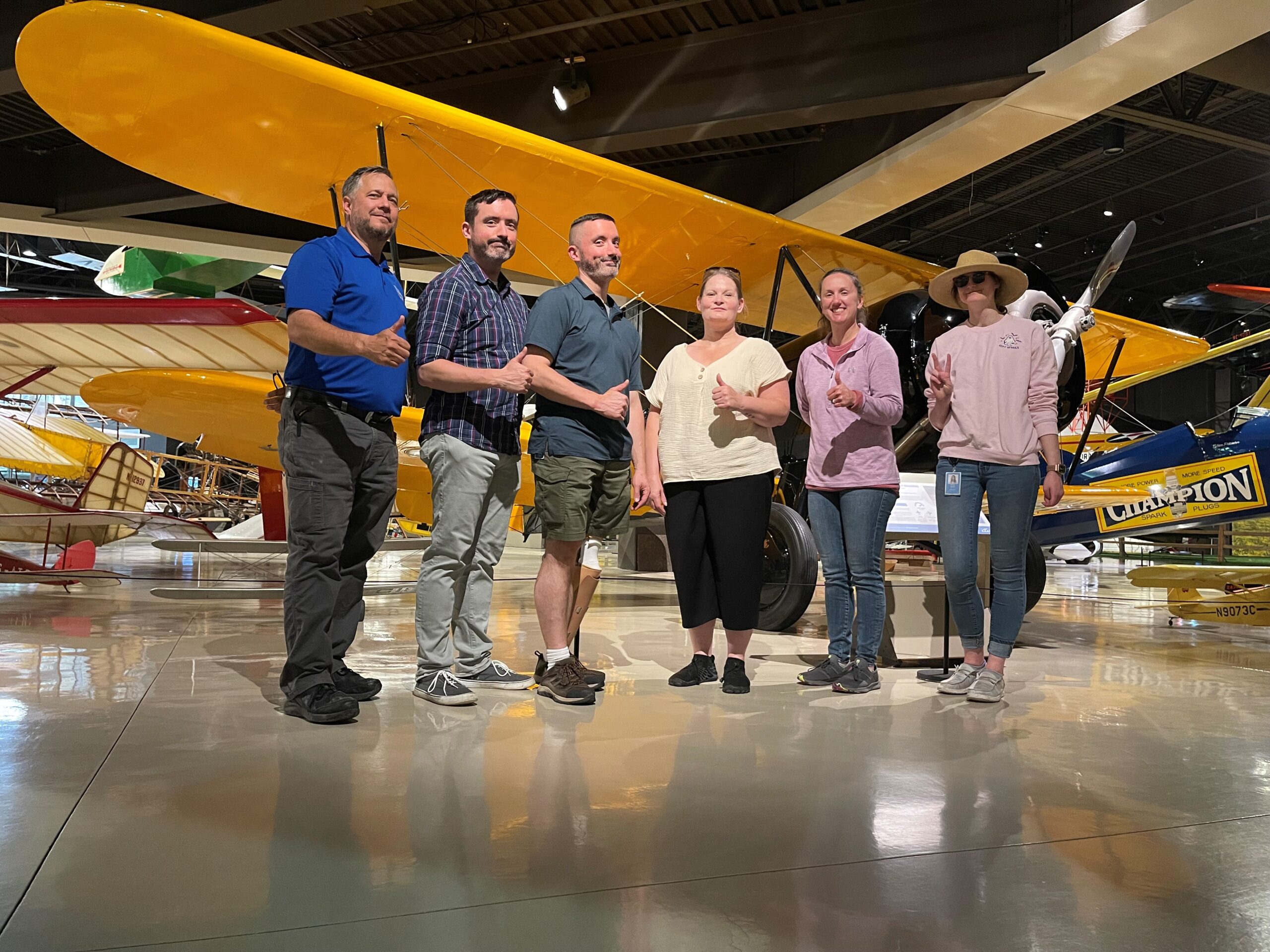Employees at nonprofits take an avid interest in the organization’s purpose, share its vision, and make an extra effort to help it reach its goals.
Knowing that funding comes largely from donations, they feel personally obligated to cut waste and make every penny count. Their staffs often volunteer outside of work hours at fundraising events. And perhaps more than other in-plants, they have a keen understanding that the quality of their work may impact the donations their nonprofits receive.
Making up about 5% of In-plant Impressions’ readership, nonprofit in-plants hail from religious organizations, associations, zoos, hospitals, libraries, senior centers, service organizations, and other entities that operate for charitable or socially beneficial purposes rather than to make a profit. Many of their in-plants’ employees have an avid interest in the nonprofit’s purpose, share its vision, and go above and beyond to help it reach its goals.
Each of the nonprofit in-plants we talked to for this article have employees that fit that description. At the Metropolitan Museum of Art (The Met) in New York City, Phil Zolit, category manager for procurement of marketing services, acknowledges that some of Print Services’ five employees are amateur art aficionados with a keen interest in the arts.
“This is the pinnacle of where they could work, so they’re very into the mission of the museum,” he says. “I think most people who work here have that attitude, that it’s kind of a privilege to work here.”
This is the pinnacle of where they could work, so they’re very into the mission of the museum
— Phil Zolit
In the very different world of central Illinois, where farming is an important occupation, the Illinois Farm Bureau (IFB) strives to champion the interests of farmers. Though none of the 10 employees at IFB Printing Services, in Bloomington, come from farming backgrounds, Manager Curt Hastings has done the next best thing: “I married a farmer’s daughter,” he quips.
Living in a farming area has given Hastings and his staff a close familiarity with the issues farmers face, making their work seem more meaningful.
“You’re helping your neighbor,” he explains.
About 275 miles north in Oshkosh, Wisconsin, two of the six employees at the Experimental Aircraft Association (EAA) Print Mail Center are pilots or soon will be, says Manager Ron Lindgren, and the in-plant attracts a slew of volunteers with aviation backgrounds who are eager to pitch in.
“The passion is really strong because of aviation,” he says.
Though each in-plant serves a very different type of organization, they share a passion for their nonprofit’s cause and a desire to help it succeed.
Museum-Quality Printing

Tucked into Central Park on Manhattan’s bustling Fifth Avenue, the beaux arts façade of The Met is a fittingly grand palace for the art within. One of country’s top art museums, The Met draws hordes of visitors each day to contemplate the works of Monet and Van Gogh, as well as treasures like an Egyptian temple from 10 B.C.E.
Few suspect that a nondescript door in the gift shop leads to a busy in-plant printing operation. Inside, a four-color 26" offset press pumps out vast quantities of museum maps in different languages to the tune of 1.8 million per year.
“That’s a constant job,” says Manager Phil Zolit.
But the shop also prints a lot of other pieces that help the museum’s educational and fundraising efforts: brochures, invitations to special events, postcards, programs, booklets, journals and more. It prints items for the gift shop, like display cards and signs, with very fast turnaround.
“We can print signs for them digitally in an hour,” Zolit says.
The in-plant’s close proximity and speedy service make it extremely valuable to The Met, especially when it needs important print jobs quickly. For a spring gala fundraiser, the museum needed 500 copies of a journal. To ensure the file had the most current information, it wasn’t finalized until very close to the event. The in-plant got the job done in a day.
“We pretty much dropped everything else,” Zolit says.
In addition to its four- and two-color offset presses, the in-plant runs two digital color presses, one monochrome printer, and a 26" wide-format printer for posters and signage. The staff of five includes two desktop publishing people who handle last-minute revisions.
Everyone takes a lot of pride in the place
— Phil Zolit
This shop, not surprisingly, has some very critical customers — The Met’s designers and curators — so the quality of its work has to be top-notch. The in-plant team understands this, Zolit says, and always puts forth their best effort.
“Everyone takes a lot of pride in the place,” he says.
Though he admits he’s more of a sports guy by nature, his six years at the museum have deepened his admiration for the arts.
“Working at The Met, I’ve gotten much more of an appreciation,” he says. “All these paintings that you’ve seen when you were in school, a lot of them are actually here.” He enjoys the opportunity to view some of them up close at times when the museum isn’t open to the public.
One exhibit that really excited him was a rock-and-roll-themed display featuring instruments played by famous musicians.
“I actually asked the curator if I could hold one of Jerry Garcia’s guitars, and he said no,” Zolit laughs.
Those perks aside, compared with previous jobs he’s held, Zolit says working for a nonprofit organization like The Met gives him more of a sense of fulfillment and purpose.
“You actually are working for something that’s … educating people and exposing them to the arts,” he says.
Pastoral Print Pros
Far from the crowded streets of Manhattan, in a bucolic land more passionate about John Deere than Johannes Vermeer, the Illinois Farm Bureau goes about its mission to improve the economic well-being of agriculture and enrich the quality of farm family life. Helping it do that is IFB Printing Services, overseen by Curt Hastings, who has worked at the in-plant for 43 years. To better serve the farm bureau, he likes to put himself in a farmer’s shoes (or boots).
“I always consider our customers [to be] the farmers,” says Hastings. “I always think like a farmer would.”
They don’t want to get messages in an email, he says; they want a printed piece.
“They like to have that touchy-feely stuff,” he says.
He imagines them walking down a long driveway to fetch their mail and does not want them to be disappointed by what they find. That motivates him to produce the best quality products possible.
Those products include appeal mailings, promotional materials for events, membership cards, informational books on pollination, banners for county fairs, bag tags and signage for golf outings, booklets for IFB’s governmental affairs division, annual meeting programs, and educational materials for the “Ag in the Classroom” program, such as pamphlets, coloring books, and magnets. The shop added an iJetColor Plus digital envelope printer in 2018, which can print full bleeds, resulting in some eye-catching envelopes.
“That’s really been big with the county farm bureaus,” he remarks.
The in-plant prints for farm bureaus all around the state.
“We try to keep their costs down,” Hastings says.
I always consider our customers [to be] the farmers. I always think like a farmer would.
—Curt Hastings
He’s currently working with a business analyst to adjust the in-plant’s pricing so it covers expenses while still saving customers money.
In addition to the iJet envelope printer, the in-plant uses four Konica Minolta AccurioPress devices to print its work: a C3080, a C6085, and two monochrome 6120s. Its wide-format work is printed on an Epson SureColor S60600. The shop is in the process of implementing PageDNA Web-to-print software.
More Time to Focus
Though the in-plant brings numerous benefits to the nonprofit — convenience, quick turnaround, and brand consistency among them — the greatest value it offers is that, by handling all the details of every print job, the in-plant gives IFB employees more time to focus on the important work they do to help Illinois farmers.
“Once you give it to us, you don’t have to worry about it anymore,” Hastings says.
With the farming connection to bring everyone together, IFB feels more like a family than a business, Hastings says. He enjoys the thought that his in-plant is helping Illinois farmers by bringing designers’ ideas to life and getting the nonprofit’s message out to them.
“It’s satisfying to know that [our work] is reaching somebody,” he says.
Above the Turbulence
Most amateur pilots know about AirVenture, the annual air show and gathering of aviation enthusiasts held every summer in Oshkosh, Wisconsin. Ron Lindgren is more familiar with it than most. Each spring his six-employee in-plant at the Experimental Aircraft Association is deluged with work in support of the show, which brings more than 670,000 visitors to this lakeside town, best known as the birthplace of the OshKosh B’gosh children’s apparel company.
By May 1, he and his staff have printed some 250 jobs, such as forms and passes, for the show, which is EAA’s biggest fundraiser of the year. Another 200 jobs are due by July 1. And then there are the jobs that continue all year long.
“My biggest thing is the membership mailing,” Lindgren says. There are nine different versions of the renewal notices. With 2,000-13,000 needed every week, the shop prints 180,000 per year, he says. Another big job is a fundraising mailing sent by EAA’s foundation.
“This year we’re sending out 11,000 during the air show,” he says, so visitors see them when they return home and are still fired up from the show. The association loves the in-plant because it can get these jobs done fast and can easily accommodate last-minute changes, Lindgren says.
Located on the grounds of the Wittman Regional Airport, close enough to see and hear planes taking off, the in-plant also prints a lot of business cards, rack cards, windshield stickers, brochures, and educational materials to get kids interested in aviation. Lindgren and his staff, aided by up to 30 volunteers, handle kitting and fulfillment of print materials too.
Those volunteers are a godsend, Lindgren says, helping the shop keep up in busy times and doing a lot of labor-intensive hand work, such as collating and inserting, since the shop lacks this equipment.
“Our volunteers do all the inserting by hand,” he says.
The in-plant does a brisk business in buttons, too, producing 20,000 per year.
“They cut them by hand, one at a time,” he says.
It’s really amazing how many people help out.
—Ron Lindgren
He credits the volunteers’ love of aviation with bringing them to the in-plant to help out the nonprofit. One lady has volunteered for 24 years, Lindgren says.
“It’s really amazing how many people help out,” he says.
This spirit of collaboration and service is indicative of the aviation community, he says, which is extremely friendly. AirVenture stirs up enthusiasm far in advance. Participants camp out a month ahead of time to hang out with fellow aviators. Though Lindgren is not a pilot, he’s taken many flights since coming on board six years ago, and he loves to learn from EAA members. He’s met World War II vets and even the pilot of the Goodyear Blimp.
“It’s very educational to hang around these people,” he says.





